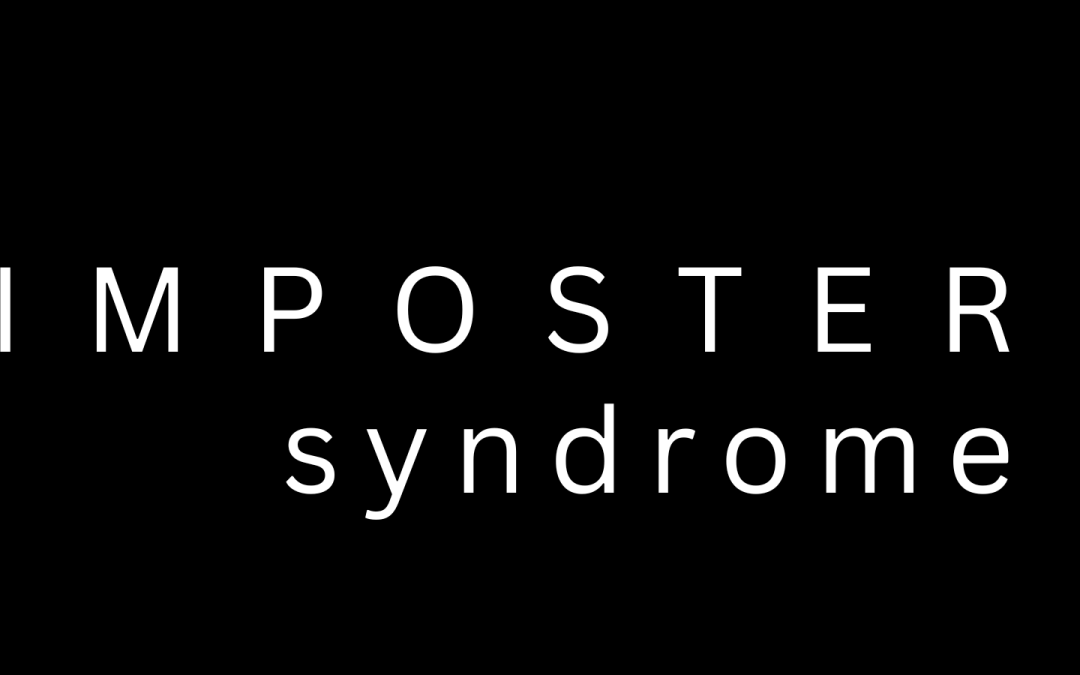Imposter syndrome is a buzzword floating around. I personally do not recognize it. When I think about the natural human response to a new challenge, am I an imposter or is my experience the result of systemic discrimination?
The term, originally described as the “imposter phenomenon”, stems from a 1978 psychology study by Pauline Clance and Suzanne Imes, two psychologists looking at a small sample of predominantly white high-income, high-achieving women in their professional settings. 1978, and yet the cultural narrative and understanding of imposter syndrome has not changed since then.
It is time to change it.
Imposter syndrome is a distraction. It is a false narrative that people in power use to draw attention
away from systemic problems in the workplace; lack of opportunity, lack of fair pay, lack of diversity, lack of equity.
As equity and inclusion professionals, advocates, and experts, we must stop this narrative, go upstream, and ask the larger questions, the critical questions: who and why are people feeling this way? When you belong to a group that has either been historically exploited or abused in the workforce, or are historically excluded from the workforce, you feel the friction of that historical exploitation, abuse, and or exclusion.
The mere fact that the cultural narrative has evolved from imposter phenomenon to imposter syndrome highlights how it evolved to a faux medical diagnosis for women to mask the chronic discrimination that we experience. Imposter syndrome is being used as a safe work term versus racism or sexism.
These systemic biases spread and amplify the feelings being called imposter syndrome. The worst part of this is that imposter syndrome puts pressure on the individual, the victim, to make changes instead of the organization, the offender, to be better. You deserve to be there. Be proud of your story and own its glory. These feelings may be due to doing something new. You’re learning and growing. It is exciting. These feelings are normal. They might also tell you that the environment you are in is not supporting you in the way that you need it to. How do we dismantle this fake and distracting narrative: increasing transparency! Transparency on pay, base and incentive; promotion rates across demographics — race, ethnicity, age, gender, sexual orientation, caregiver status, ability status; etc.
Once the data is shared, set goals, and implement actions to meet them with accountability. Link
improvement to strategic goals, organizational values, and leadership incentives. Embed equity and
inclusion into every job description in the organization. Organizations must be held accountable, from the board down, to actively working on and sustain gains and improvements in equity, inclusion, justice, and belonging. That is the cure for imposter syndrome.
About the Author

Tina Loarte-Rodriguez, MSN, RN, CIC, CPPS, CPHRM is the Vice President of Nursing at Wheeler Health, a Federally Qualified Health Center with five integrated primary care locations in central Connecticut. Her priority is supporting the team in providing high-quality, safe, patient-centered care. She oversees the nursing department, medical assistant department, and infection control at the Health and Wellness Centers and therapeutic day school. Her professional experience includes teaching middle school math for four years and over sixteen years in health care: perioperative and primary care nursing, performance improvement, infection control, risk management, and patient safety. A graduate of Cornell University, UCONN, and Quinnipiac University, she is certified in infection prevention and control, patient safety, and healthcare risk management.
She is an eternal learner with a passion for health equity and high reliability. Tina is a Hartford Business Journal Healthcare Hero Award winner and led the Wheeler nursing team to win the Ct Nursing Association Excellence in Team Award, both in 2021. An active member of the National Association of Hispanic Nurses- Hartford Chapter and the Ct Nursing Association General Assembly Committee, Tina is committed to giving back and advocacy. She loves dancing, eating, reading, and traveling. Originally born and raised in the Bronx, NY, she now resides in CT with her husband, three children, her father, and two rescue dogs.
